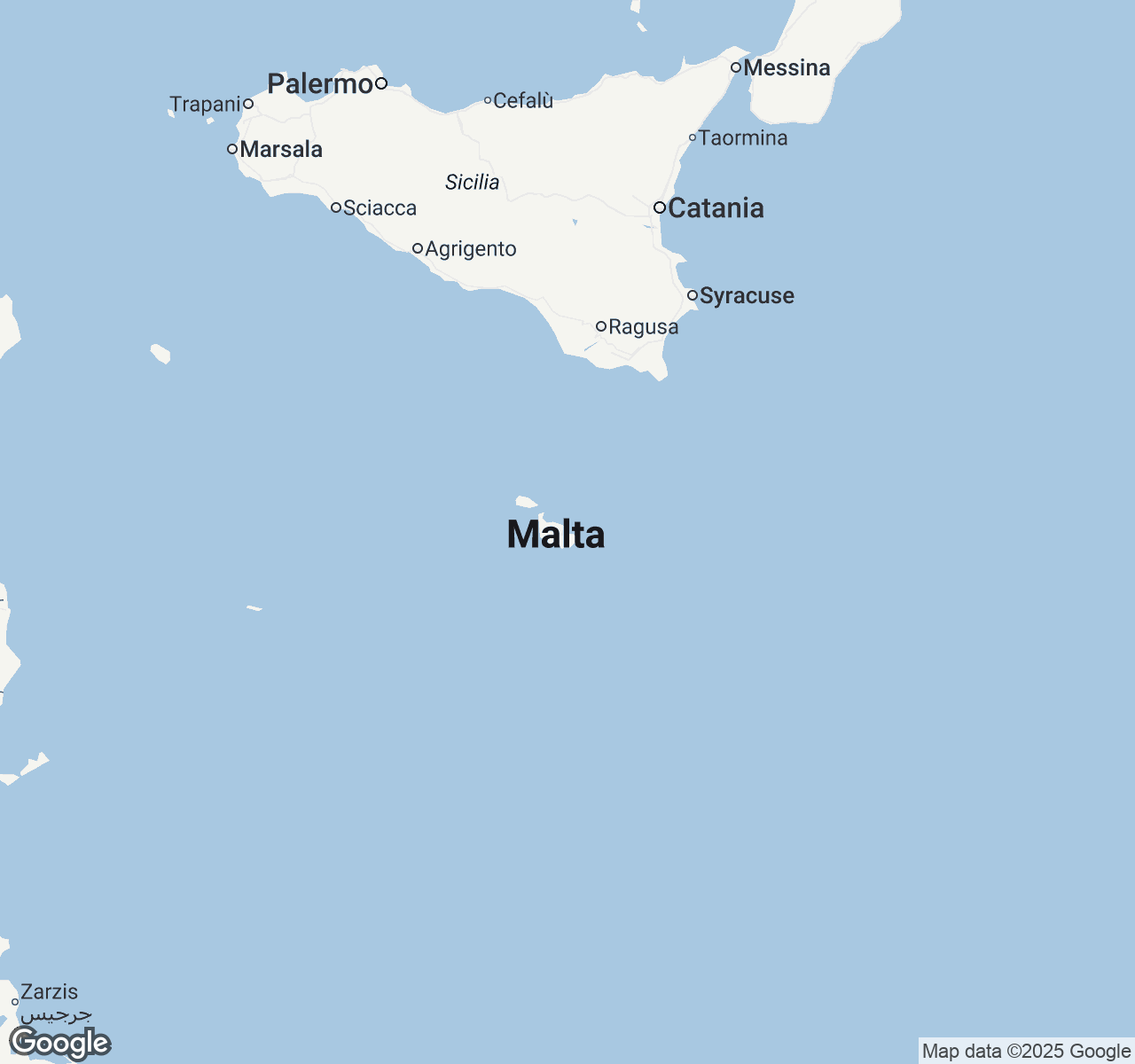
Things to Do in Valletta
Discover the best of Valletta
Plan Your Trip
Essential guides for timing and budgeting
Top Things to Do in Valletta
Discover the best activities and experiences. Book now with our trusted partners and enjoy hassle-free adventures.
Your Guide to Valletta
About Valletta
Valletta emerges from the Mediterranean like a golden dream, its honey-colored limestone bastions rising majestically from Grand Harbour's azure waters. This UNESCO World Heritage fortress city, carved from living rock by the Knights of St. John, whispers tales of crusades, sieges, and maritime glory through every narrow street and hidden palazzo. Walking its grid of steep cobblestone arteries feels like stepping into a Baroque theater set, where ornate church facades compete with aristocratic balconies draped in wrought iron lace. The city breathes history—from the imposing St. John's Co-Cathedral housing Caravaggio's masterpieces to the silent cannons still guarding the battlements. Yet Valletta pulses with contemporary life: artisan workshops tucked into medieval corners, rooftop bars offering sunset views across three harbors, and locals gathering in timeless piazzas for evening conversations. This is Europe's smallest capital, but its spirit looms large—a place where every sunrise paints the ancient stones in gold, and every sunset reminds you why the Knights chose this impregnable peninsula as their eternal stronghold.
Travel Tips
Transportation: Walk everywhere within Valletta's compact 0.8km length—it's entirely pedestrianized. Use the panoramic lift at City Gate entrance to avoid steep climbs. The vintage bus system connects to other towns; buy a 7-day Explore Card (€21) for unlimited travel across Malta's network.
Money: Malta uses the Euro. Most establishments accept cards, but carry cash for small vendors and traditional bars. Tipping 10% is appreciated at restaurants. ATMs are plentiful around Republic Street. Expect prices similar to Southern European cities—coffee €2-3, meals €15-25.
Cultural Respect: Dress modestly when visiting churches—cover shoulders and knees, especially at St. John's Co-Cathedral. Maltese appreciate attempts at their language; learn 'Grazzi' (thank you) and 'Bongu' (hello). Avoid loud conversations in narrow streets where sound echoes between buildings.
Food Safety: Tap water is safe but heavily chlorinated—locals prefer bottled water. Try pastizzi (flaky pastries) from Cordina or Crystal Palace for real feels. Seafood is excellent but verify freshness at harbor restaurants. Avoid street food in extreme summer heat.
When to Visit
Malta's Mediterranean climate offers distinct seasonal experiences. Spring (March-May) brings perfect weather with temperatures 18-25°C, minimal rainfall (20-40mm monthly), and wildflowers carpeting the countryside. Accommodation prices are 20-30% below peak season. Summer (June-August) delivers intense heat (25-30°C+), virtually no rain, but crowds and prices peak 40-50% higher—book early for festivals like Malta International Arts Festival (July) and Isle of MTV (June/July). Autumn (September-November) offers the year's best balance: warm seas (22-24°C), pleasant temperatures (20-26°C), light rainfall returning in November, and prices dropping 25-35% after mid-September. Winter (December-February) sees mild temperatures (12-18°C) with occasional storms bringing 60-80mm monthly rainfall, making it ideal for cultural exploration with 40-50% lower accommodation costs. The Malta International Fireworks Festival (April/May) and Notte Bianca (October) showcase local culture without summer's intensity. Beach lovers should visit May-October for swimming, while history enthusiasts will appreciate winter's cooler temperatures for extensive walking. Shoulder seasons (April-May, September-October) offer optimal weather-price-crowd balance for most travelers seeking real feels without peak season premiums.

Valletta location map